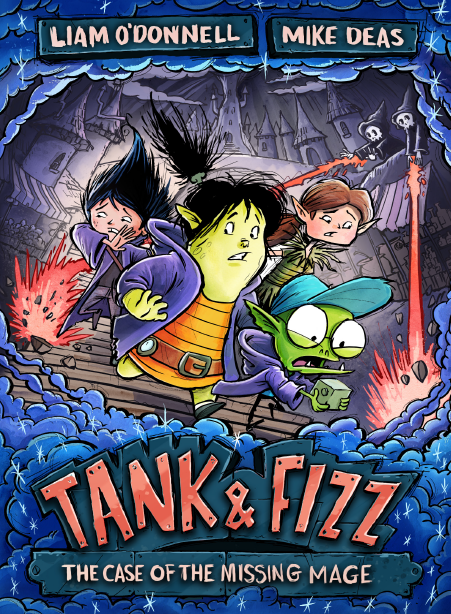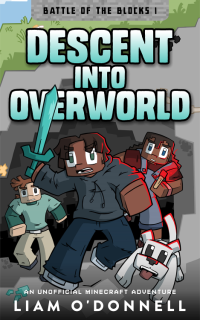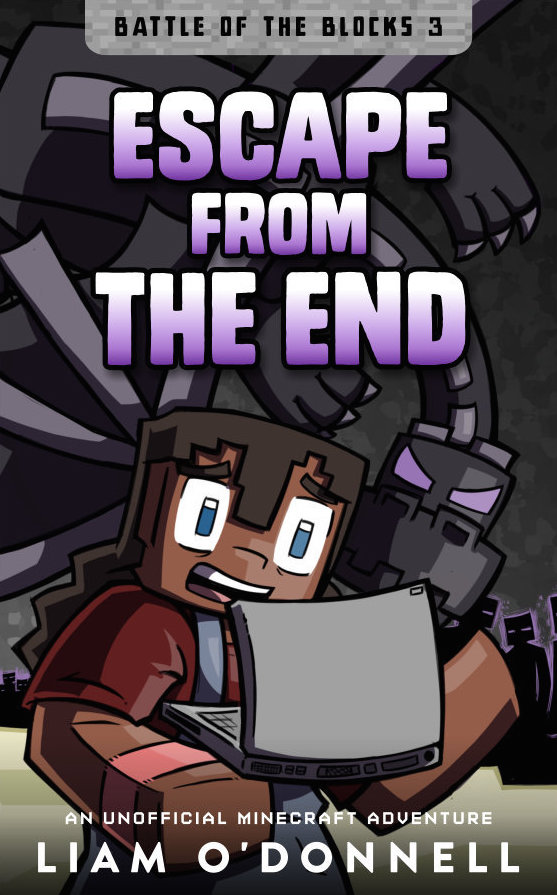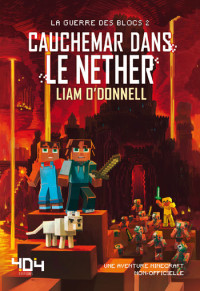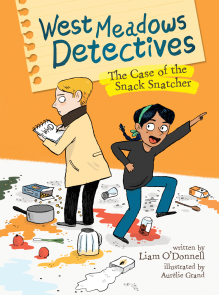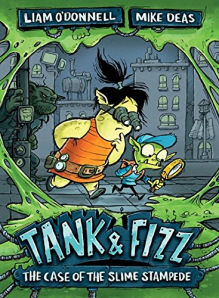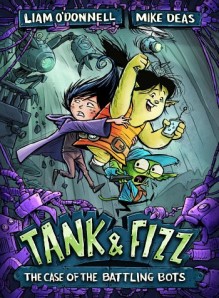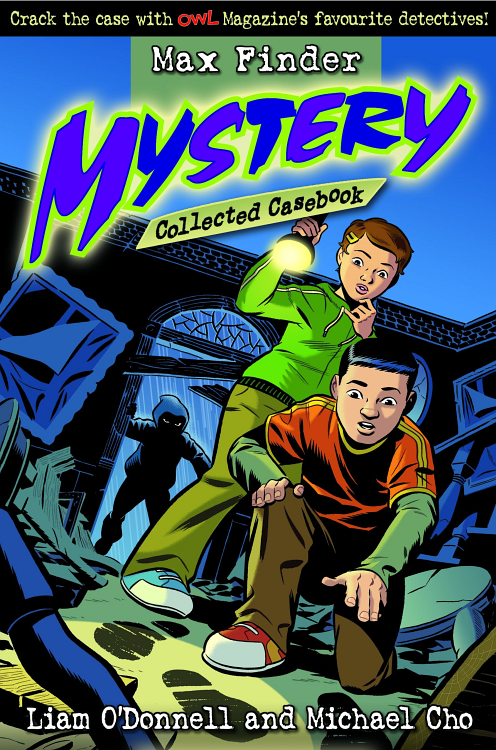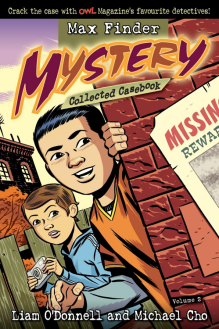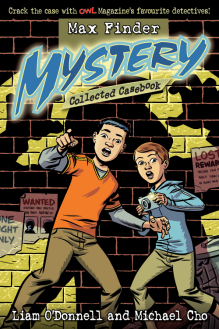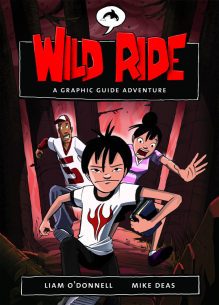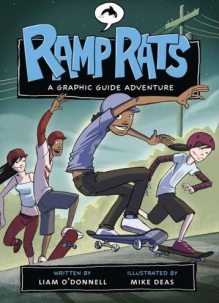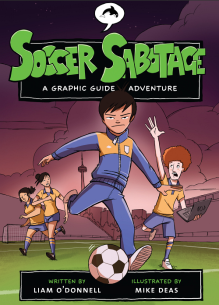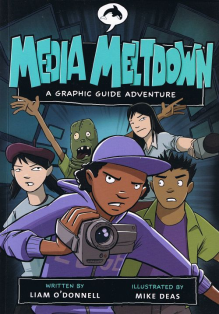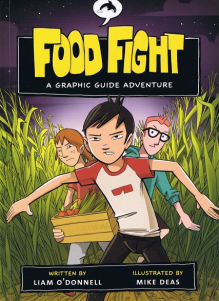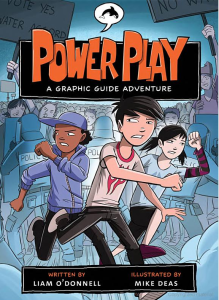 I recently ran a four week Writing Comics Workshop for young writers at the amazing Toronto Public Library. Each Saturday, I met with 25 creators aged 8 – 12 years and we went through the steps to writing our own comics. We focused on using words to create story ideas, characters and all that fun stuff.
I recently ran a four week Writing Comics Workshop for young writers at the amazing Toronto Public Library. Each Saturday, I met with 25 creators aged 8 – 12 years and we went through the steps to writing our own comics. We focused on using words to create story ideas, characters and all that fun stuff.
To help teachers and comic fans at home, I’m posting outlines and lesson guides for each week’s session. Last time, in Writing Comics Workshop for Kids: Session 1, we covered Brainstorming and creating Story Seeds. Session 2 is all about Creating Characters.
If you’re ready to dive in, then read on . . .
Getting the Creativity Flowing
To start a writing workshop session, it’s essential to get our brains into creative mode thinking. One of the quickest ways to do this is through the One Sentence Story game. It’s a classic that can work anywhere. Here’s how it goes:
1. Get the kids sitting in a circle.
2. One person is picked to be the Story Starter. He or she, chooses a direction the story will flow – clockwise or counter-clockwise. The Story Starter begins a story with a single opening sentence. Something like “Once upon a time, there was a . . . .” works well.
3. The person next to the Story Starter continues the story by adding a single sentence.
4. The story goes around the circle with each person adding to it. Each player can only add one sentence at a time.
5. When the story returns to the Story Starter it’s finished! And probably very silly, which is a good thing.
Play as many rounds of the One Sentence Story game as you have time for. By the end, everyone should be bubbling with ideas and creativity.
Creating Characters, Three Panels at a Time
In session 1, we talked about brainstorming ideas and creating story seeds to grow our story. Now, we’ll talk about creating characters. A fun way to do this is through another classic creation game I call the “Three Panel Character Creator”. I learned this one years ago from the multi-talented writer/comic creator Brian McLachlan. I forget what it’s actually called, but you know, that doesn’t really matter. It’s easy and fun to do with a group of creative kids (or adults!)
All you need is a piece of paper and a few creative people. You can grab my Three Panel Character Creator template [pdf]. Here’s how it works.
1. Each person puts their name on a piece of paper and folds it into three equal sections.
2. Label the top section: Head, the middle section: Body and the bottom section: Foot
3. Fold the paper so only the “Head” section is showing.
4. Draw a head for your character. The goofier, the better. Give them three eyes, horns or unicorns for hair, anything goes.
5. Fold the paper, so the “Head” section is hidden and only the “Body” part can be seen.
5. Pass the paper to another player.
6. That player draws a body. The weirder, the better, but the player cannot look at the Head section!
7. Fold the paper, so only the “Feet” section is showing and pass it to another person.
8. That person draws wacky feet or tentacles or whatever. Again, the player cannot look at the Head or Body sections.
9. The completed 3 part picture returns to the original person. They unfold it and they have their totally weird and wonderful character!
Armed with their new and very strange characters, the kids are now ready to add some details.
Character Sheet Creation
Every character needs details and using a character sheet inspired by role playing games and collectible card games is a great way to connect these ideas with kids.
Writers can create their own character sheets or you can download the Character Sheet Template [pdf] to get them started.
Challenge your writers to think about the character’s favourite foods, best friends, worst enemies and goals and problems. When these are fleshed out, story ideas usually follow.
Give your students plenty of time to write up their character details.
Wrapping it All Up
With their crazy characters created and character sheets filled out, your students will have plenty to work with next week when we start looking at creating plots and planning out our stories.
Until then, keep writing and creating!
–-
As an award-winning children’s author, gamer-geek and elementary school teacher, I often have teaching ideas and writing news to share with fellow educators. I deliver these resources and ideas to your inbox in my e-newsletter Reading Change.
If this sounds like something you’d like to receive, then subscribe to Reading Change.
You can unsubscribe anytime and I won’t share or sell your data. Honest.
Thanks!
Liam


